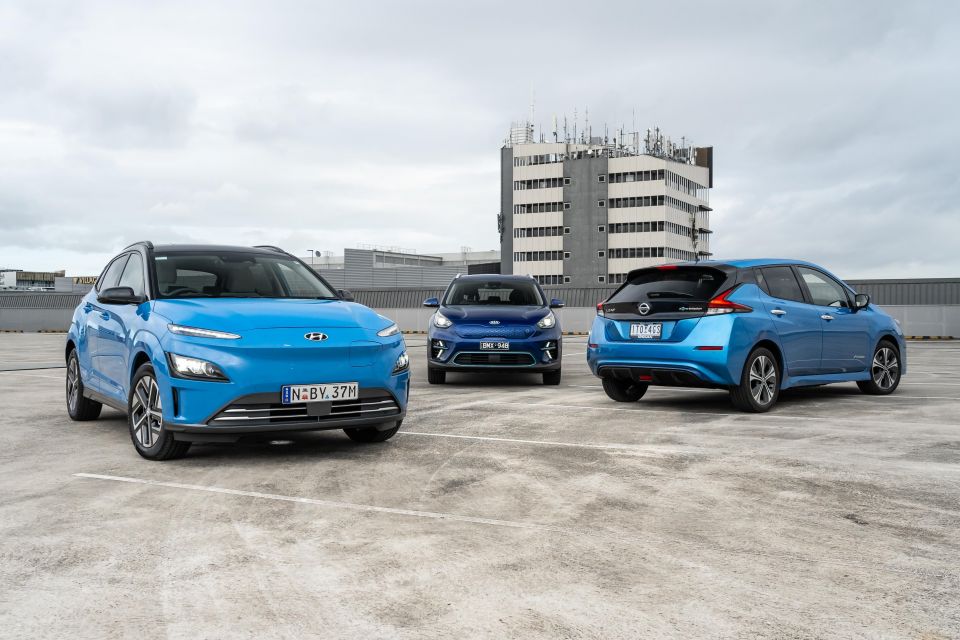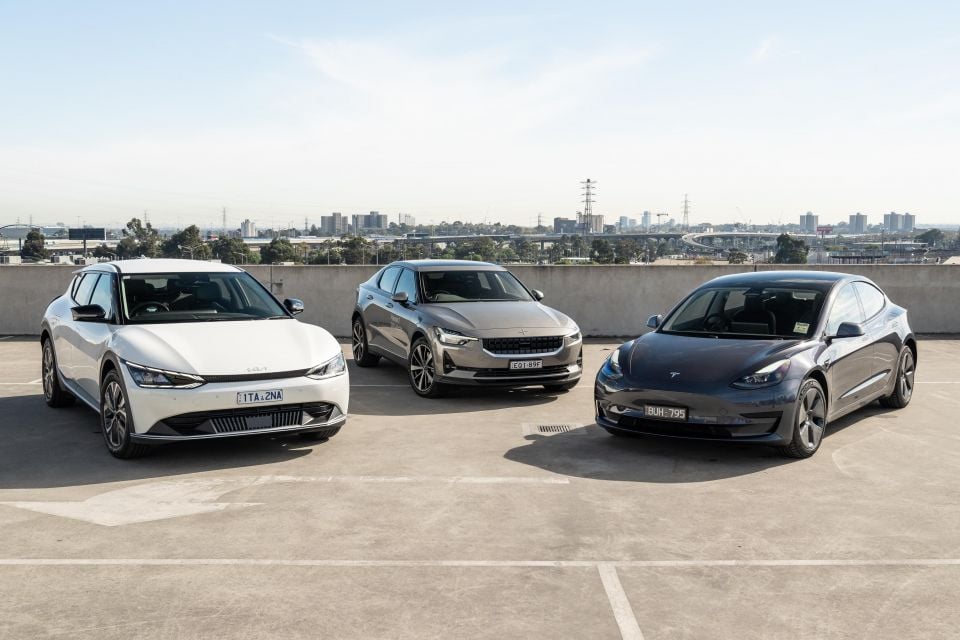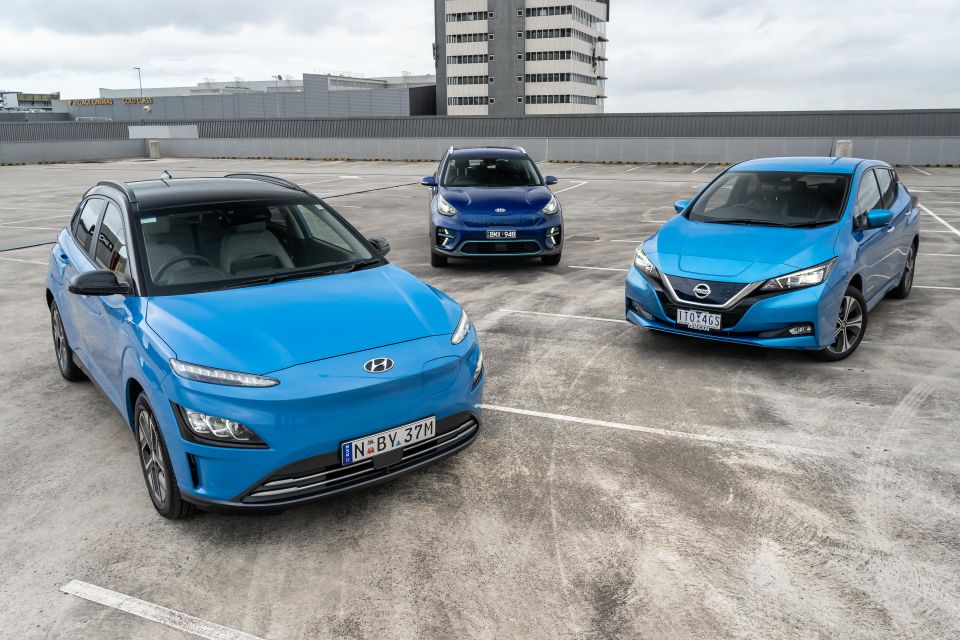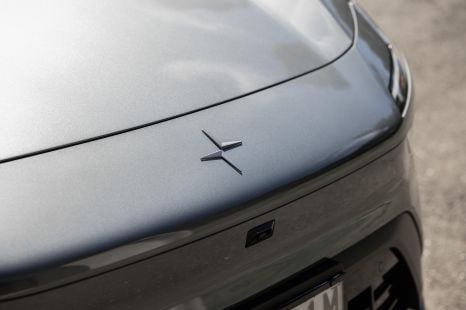

Max Davies
2026 GWM Haval Jolion review
6 Hours Ago
EV sales are growing at a rapid pace in Australia, but there are signs that resale values of used ones are being impacted. What's next?

Senior Contributor


Senior Contributor
Dealer used car data for Australia shows resale prices for pre-owned electric vehicles (EVs) and plug-in hybrids (PHEVs) are falling faster than the wider market, which is itself softening over the record highs of mid-2022.
This insight comes from data supplied by Cox Automotive Australia, which found the price index for used EVs and PHEVs under four years of age was down around 25 per cent year-on-year (YoY) – a much faster rate of decline than the overall used market that’s fallen about 3.4 per cent YoY.
For instance the price index of used EVs and PHEVs aged under two years fell from 128.4 in June 2022 to 96.2 one year later, with the index’s base line or starting point being 100 points in December 2019 – just before COVID took hold and the used car market went haywire.
This means used or demo EV and PHEV sales prices were 28.4 per cent higher in June 2022 than they were in December 2019, but 3.8 per cent lower than December 2019 prices by June of 2023.

Over the same time, the ‘market days supply’ for used EVs and PHEVs aged under four years was deemed to be 67 days – higher than any other types of vehicle – meaning a greater imbalance between supply and demand.
The caveat to all this is that the used EV and PHEV market is very much an emerging space and the growth comes off a low base. A small sample for any data set lends itself to starker fluctuations or volatility. So, what might be going on?
When EVs were thinner on the ground the price of used models was inflated by scarcity, but this dynamic is changing with their new-market share sitting at a record 7.4 per cent this year – four-fold growth year-on-year.
There are myriad other factors impacting used EV and PHEV prices including early adopter sentiment that tends favourably towards new products, a spate of cheaper EV options arriving from China deflating the market, and Tesla’s habitual price cuts on new stock like those from earlier in July.
There also remains a degree of consumer and retailer scepticism toward used EV battery health, with perceptions around reliability and range retention over time not always keeping up with the reality.

Local market-specific factors include the recent rush of people trading in their Tesla Model 3 for a newer-design Model Y and thereby changing the supply situation, plus government policies promoting new EV and PHEV sales such as rebates and fringe-benefits tax (FBT) cuts for business buyers.
This lattermost factor will see the secondhand market grow at rapid pace from mid-decade, given it’s driving new EV take-up by businesses and the novated leasing sector – both of which will turn them over and re-market them en masse after three-to-five years of service.
Rather than just spitballing to guess what this looks like, we can look to other regions with EV growth curves that are a few years ahead of our own, for instance the USA where EV market share this year is almost the same as Australia’s – but off a higher 2022 base.
Cox Automotive over there found that as of June 2023, US dealer market days supply of EVs topped 100 (Tesla excluded, since it’s direct-to-consumer), whereas industry-wide inventory levels were closer to 53 days. Only ultra-luxury vehicles and high-end luxury cars had more inventory stored up.
Moreover the average price paid for an EV in the US was down around 20 per cent YoY, principally because of Tesla among others playing the volume game and trimming back prices.

Better supply of EVs and cheaper new prices will obviously have deflationary effects on used EV prices down the line, and these dynamics are clearly being echoed here in Australia.
From a European perspective, where EV penetration is particularly high, some countries (Netherlands, France, Germany) are now offering incentives or rebates on used EVs to offset sharp degrees of market volatility and drive take-up.
This looming used EV ‘Valley of Death’, as it’s called in parts of the industry, could hobble uptake otherwise, given resale value is a key consideration for new vehicle buyers in the first place.
How about longer-term? The increasing proliferation of over-the-air updates for many new EVs should eventually see used EVs holding their value better, especially if charging infrastructure scales up, if fuel prices spike, and if people change their mindsets around used EV battery health.
Either way, EVs should become more affordable here for those willing to buy one with miles on the odometer.


Max Davies
6 Hours Ago


Damion Smy
14 Hours Ago


Damion Smy
15 Hours Ago


Damion Smy
16 Hours Ago


Damion Smy
19 Hours Ago


CarExpert.com.au
20 Hours Ago